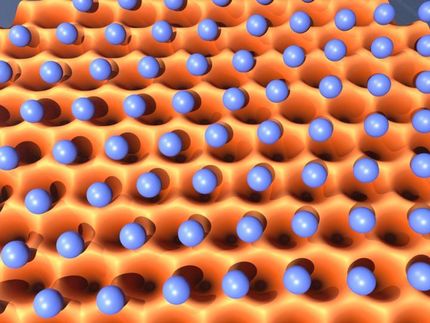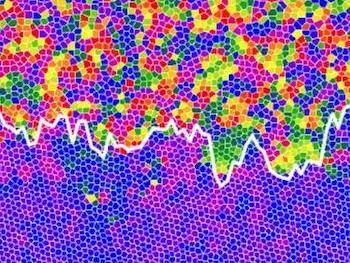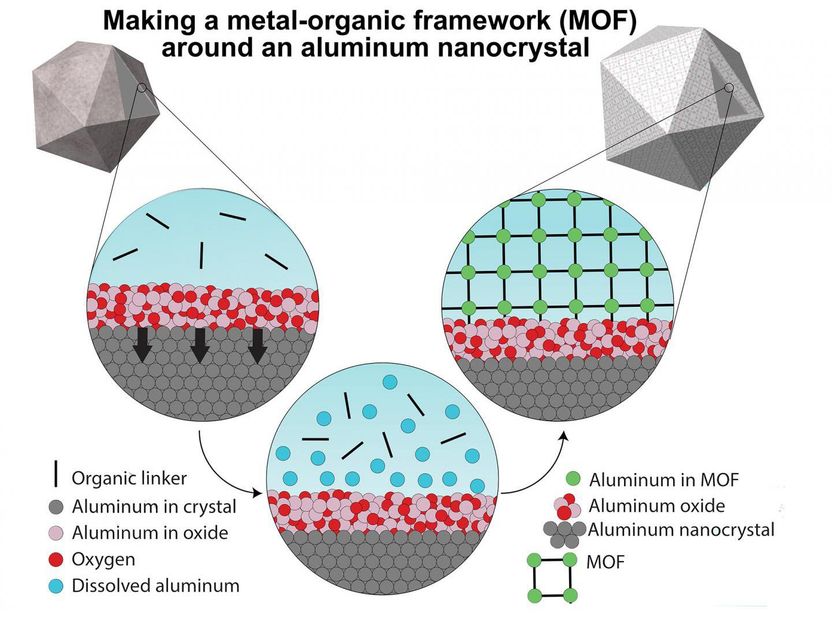Electrospray solves longstanding problem in Langmuir-Blodgett assembly
Advertisement
In the 1930s, Irving Langmuir and Katharine Blodgett discovered that by spreading molecules with volatile organic solvents on the surface of water, they could create a one-molecule-thick film and use it as an anti-reflective coating for glass. Later named Langmuir-Blodgett assembly, this thin-film fabrication technique became popular for creating molecule or nanoparticle monolayers and is commonly used until this day.
Now Northwestern Engineering's Jiaxing Huang has advanced this old technique. By electrospraying materials on water's surface, he has found a way to avoid the use of toxic organic solvents while making Langmuir-Blodgett assembly more efficient, easier to standardize, and safer to scale up.
"The use of organic spreading solvents causes a lot of problems, especially when people use this technique to assemble thin films of nanomaterials," said Huang, associate professor of materials science and engineering at Northwestern's McCormick School of Engineering. "Nanoparticles are usually hard to disperse and can even be damaged by the solvents, leading to poor quality of the final monolayer thin films."
"These volatile organic solvents also pose a safety hazard," Huang added. "It becomes problematic when we think about manufacturing."
Huang discovered that he could prevent the solvent from mixing with the water by applying it with an aerosol spray. The spray breaks the solvent, which contains the nanoparticles, into millions of smaller droplets.
"If you reduce the size of the droplets to the micron range, they won't 'bombard' the water's surface," Huang said. "Think about a humidifier: the water droplets float around because they are not very sensitive to gravity."
More importantly, because of their very small volume, by the time the droplets spread on the water, they are consumed immediately. "Mixing with water is suppressed because there's nothing left to mix," Huang said.
With electrospray, one does not have to rely on "skillful hands" to perform good Langmuir-Blodgett assembly. Huang said electrosprays can be automated to standardize and scale up this technique for manufacturing.

































































